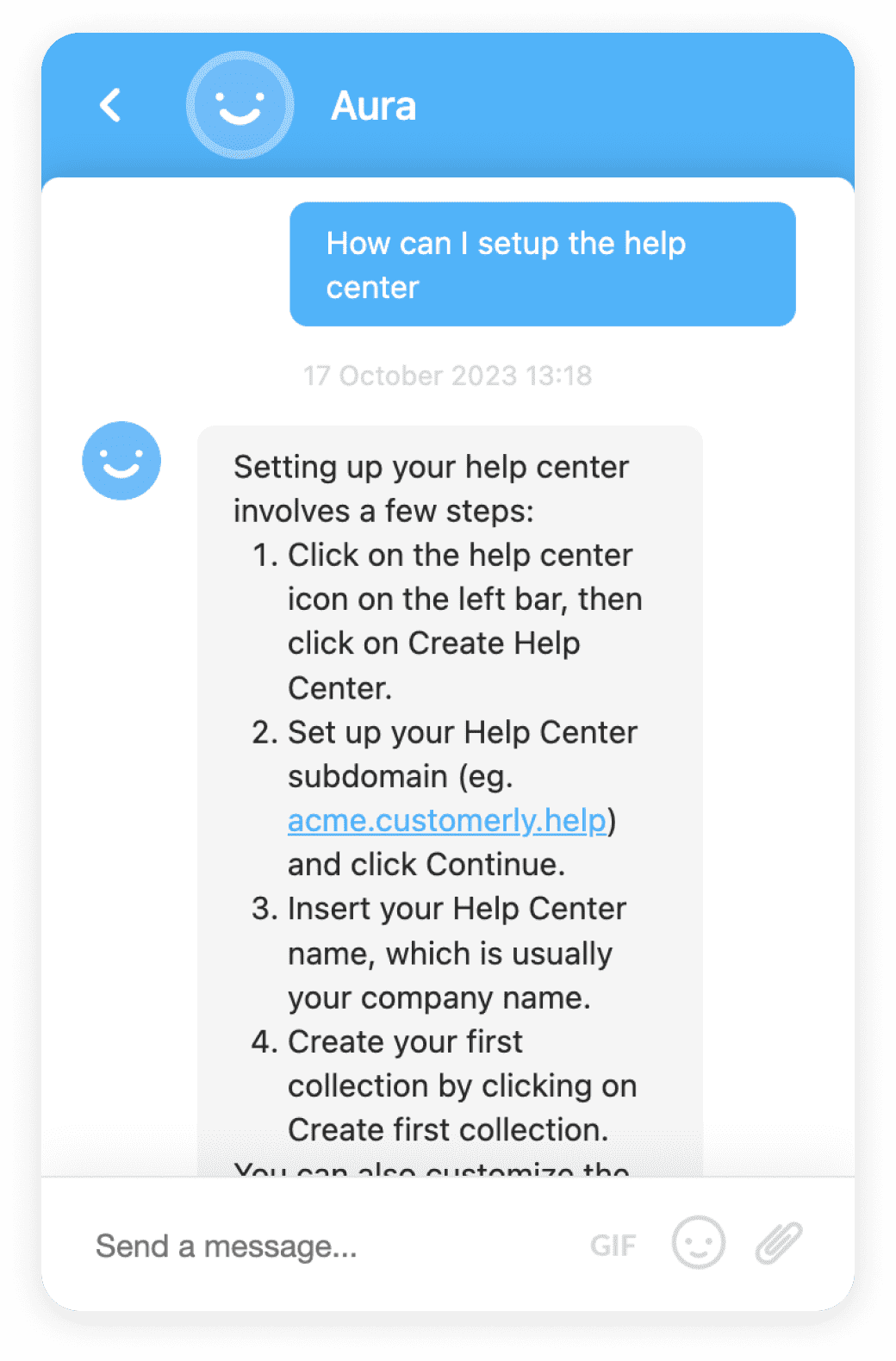Mail Server
A mail server is a computerized system that sends and receives emails. It works as a virtual post office, storing incoming mail for distribution to users and sending out outgoing mail.
Definition
A mail server, also known as an e-mail server, is a computerized system that sends and receives emails. In essence, it primarily works as a virtual post office. The server stores incoming mail for distribution to users (mailboxes) and sends out outgoing mail. It uses a variety of protocols, including SMTP (Simple Mail Transfer Protocol) for sending, POP3 (Post Office Protocol 3) and IMAP (Internet Message Access Protocol) for receiving.
Usage and Context
In the digital age, mail servers have become a crucial part of business operations, enabling swift and efficient communication among team members, as well as with clients and other external parties. Mail servers can be hosted in-house or can be outsourced to a third-party provider. Many businesses prefer to use third-party hosting due to its cost-effectiveness and the technical expertise provided by the host.
FAQ
What is the main function of a mail server?
The main function of a mail server is to store incoming mail in the recipient's mailbox and to send out outgoing mail.
How does a mail server work?
A mail server works by using a series of protocols such as SMTP, POP3, and IMAP to send and receive emails.
Related Software
Software related to mail servers includes Microsoft Exchange, Postfix, and Sendmail. These software solutions provide the necessary infrastructure to send, receive, and store emails.
Benefits
Mail servers offer numerous benefits, including centralized mail management, enhanced security features, and the ability to integrate with other business systems.
Conclusion
In conclusion, a mail server is a vital part of any organization's communication system. By understanding its functionality, businesses can leverage its benefits to improve their communication processes.
Related Terms
Email Client
An email client is a software application that enables users to send, receive, and manage their emails directly from their device.SMTP (Simple Mail Transfer Protocol)
SMTP is a set of rules used by computers to send and receive emails. It is simple, reliable, and widely used.











